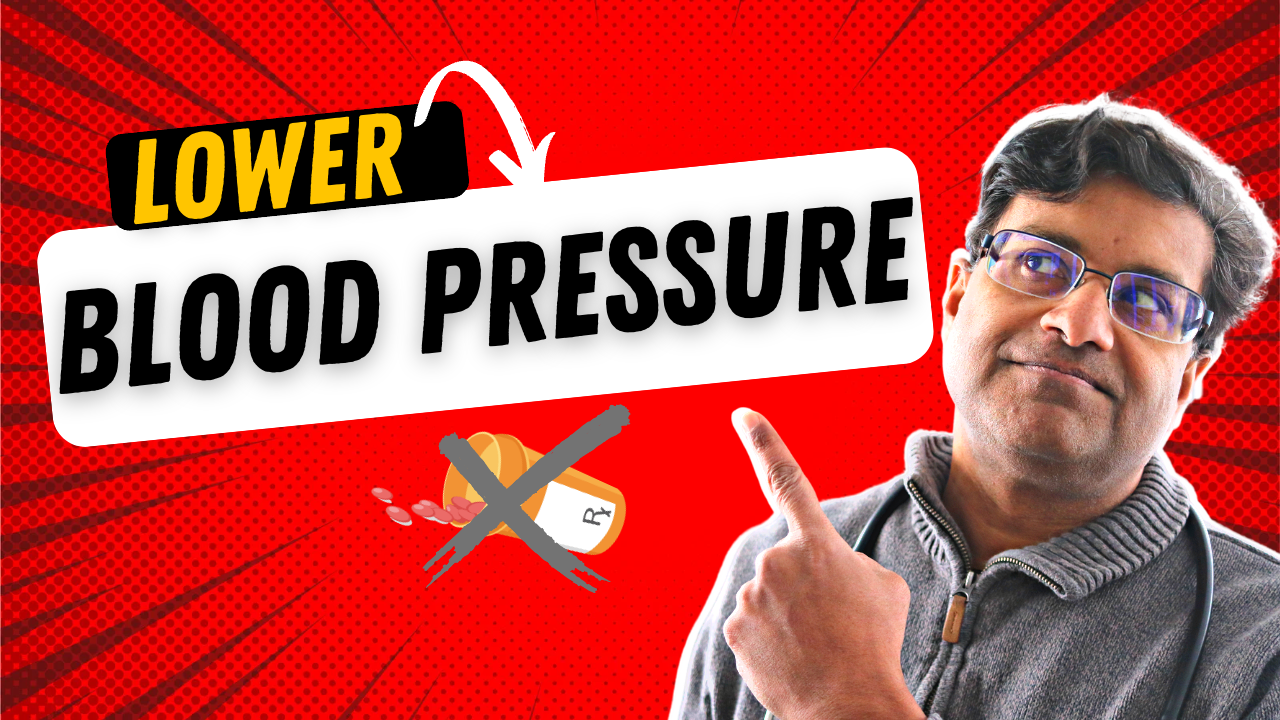What are kidney stones?
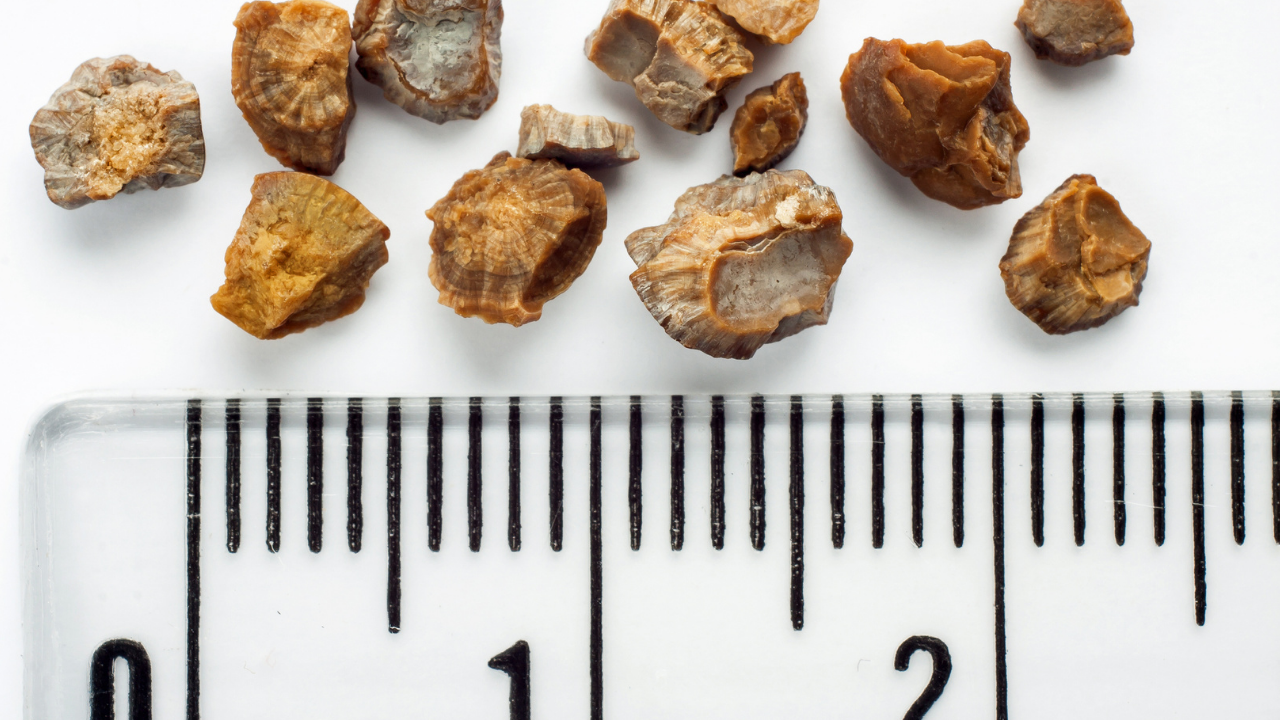
Kidney stones are hard deposits made of minerals and salts that form inside your kidneys.
So how are the formed?
If there are high levels of certain substances in the urine such as calcium, oxalate, cystine, or uric acid stones can be formed. This happens especially if you are not drinking enough fluid, that is you are not making enough urine. So, these substances I mentioned earlier start off forming smaller crystals which then increase in size. They become anchored in your kidney causing pain & spasm because your kidney is trying to “eject” this stone. Your kidney recognizes this stone as a foreign body and an inflammatory response begins to fight this “foreign” stone and try to expel it from the kidneys.
Where does the kidney stone go next?
Typically, the stone will move through the urinary tract and is passed out of the body in the urine. The next place the stone ends up moving towards is the ureter. The ureter is only 3-4 mm in size. If a stone is less than 3-4 mm in size it is more likely to expelled spontaneously. Sometimes, stones can block this passage and subsequently also block the passage of urine. This causes inflammatory changes as well as pain as the body, in particular the ureter, is trying to expel the stone in wave like motions. Unfortunately, if a stone is larger than 5 mm the chances of it being expelled spontaneously decreases with larger stones. A study looking into this came to the following conclusions of stones being expelled spontaneously.
Here are the chances for the respective sizes:
98% in 0–2 mm, 98% in 3 mm, 81% in 4 mm, 65% in 5 mm, 33% in 6 mm and 9% in ≥6.5 mm wide stones. Also, the stone size and location of the stone predicted if the stone could pass out spontaneously or not. Apparently, stones who were left-sided ureteral stones seem to pass significantly more often than right-sided ones. Why was this? The authors argued that the right ureter is typically adherent to the peritoneum (this is a sac like structure which covers the organs including the kidneys and the ureter). The left ureter, in contrast provided better peristalsis, meaning the stones were able to be expelled by ureter through muscular wave like motions. Once the stone reaches the bladder the earlier type of pain in the kidney and ureter has decreased. This makes sense as the bladder is a bag like organ and stretches out when filled with urine and can be anywhere between 2-6 inches in size. Therefore, if a kidney stone reaches the bladder, you will feel an irritation and bladder sensation with urgency and frequency to urinate. Once the stone finally reaches the urethra, you are finally at the finish line as you can help push the stone out especially as the urethra is wider than the ureter, in females about 6mm in size and males 8 mm in size.
So, the main question you are waiting for how long it takes for a stone to pass?
There are no set rules, but on an average if the stone is less than 2 mm usually within a week, if up to 4mm about 30 days, if it is more than 5mm it might take 1-2 months or even longer especially if it is over 7mm in size as it might take several months. If it is more than 10mm (1cm) in size you would need a medical and or surgical intervention.
Can stones over 10 mm spontaneously pass?
Of course, there are always exceptions. Stones this size have passed, but are rather are the exception than the rule.
What are risk factors for stone formation?
- Family history
- Not drinking enough fluid ( dehydration)
- Diet with high levels of sugars
- High sodium diet
- Diet with high levels of animal protein
- Use of calcium supplements ( like antacids)
- Diabetes
- Gout
- Obesity
- Primary Hyperparathyroidism
- Gastric bypass surgery
- Crohn’s disease bypass surgery
- Certain medications, overuse of laxatives, long term use of steroids, use of sulfa drugs, migraine medication called Topamax.
What are your symptoms?
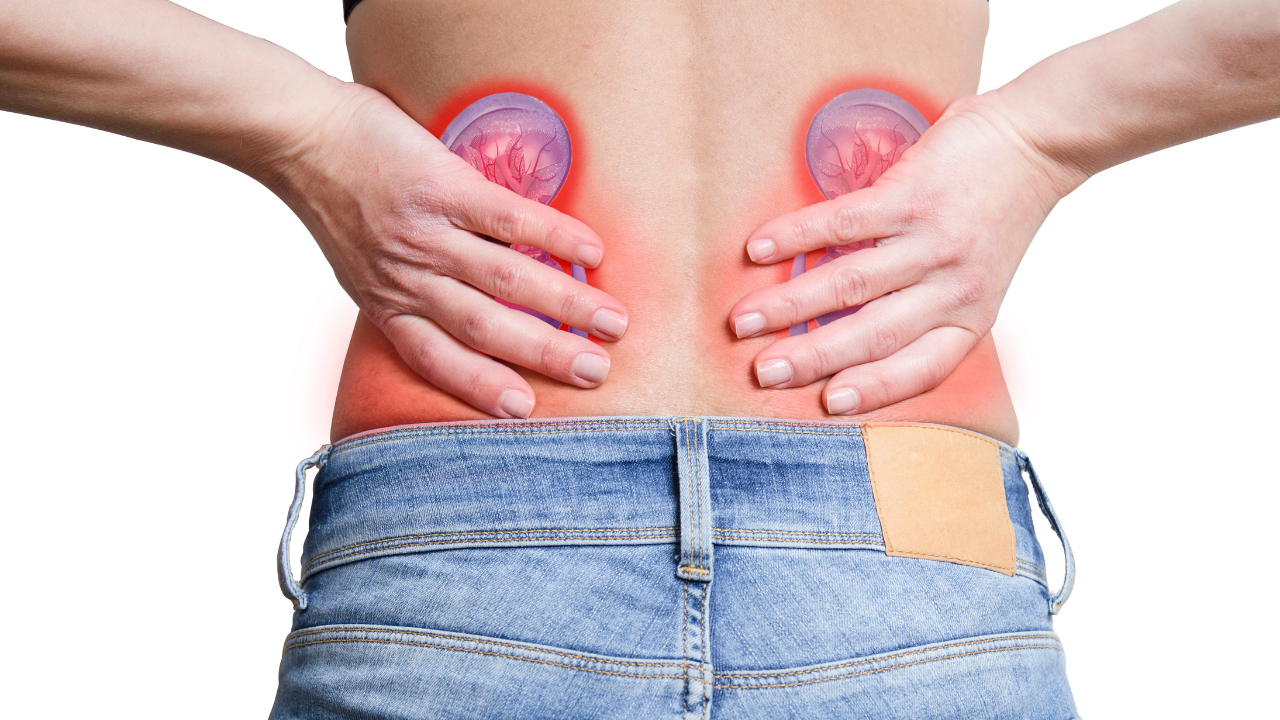
You will feel very sharp pain towards your back or side sometimes radiating towards your lower abdomen or your groin. These pains can be constant or come in waves with fluctuating intensity. These wave like pain can last 20—60 minutes. You might also have an urge to urinate with a burning sensation. Your urine might be foul smelling and red or brown in color indicating loss of blood. Other symptoms might include nausea and vomiting and signs of an infection which are fever and chills. You might pass multiple small stones in your urine looking like sand or gravel.
So how do we diagnose kidney stones?
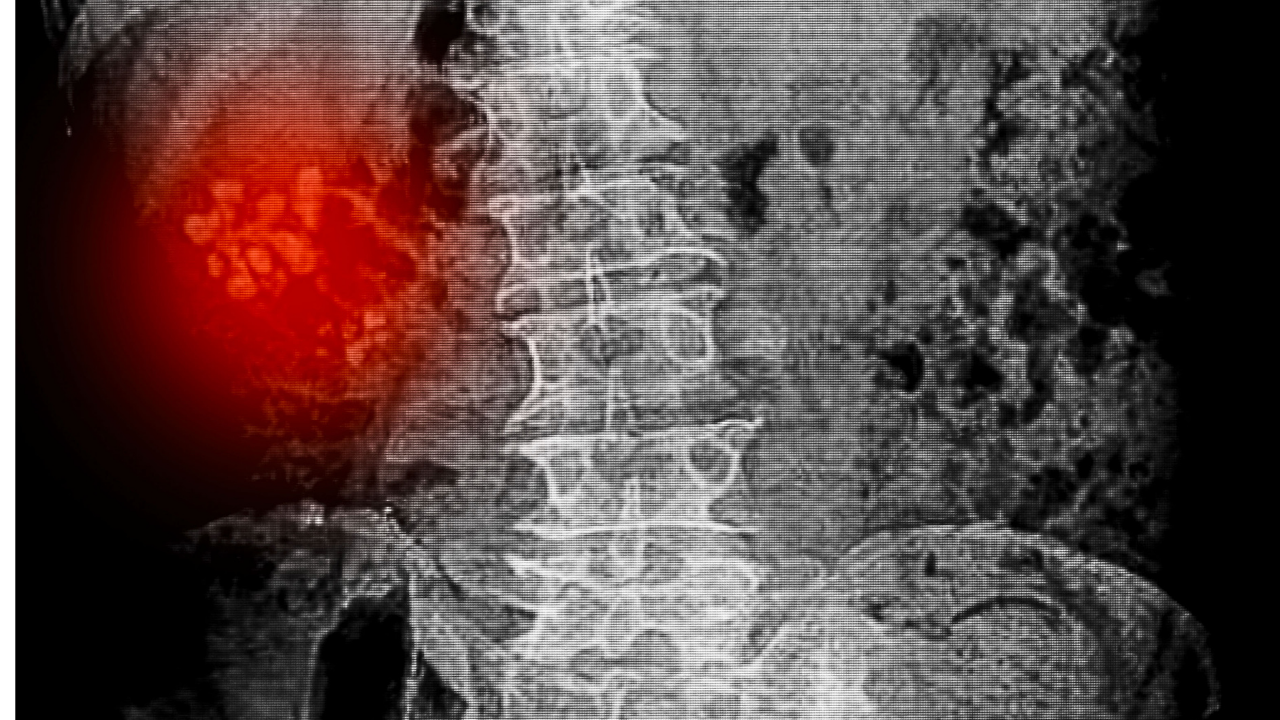
Your doctor will start off with a physical examination and may include blood tests as well to exclude signs of infection, check your calcium levels as well as your kidney function. A non-invasive imaging test is preferred such as an abdominal x-ray, however, it might miss smaller stones or certain type of stones cannot be picked up in this test as they do not show up on the x-rays. Same applies to another non-invasive test called an Ultrasound. A CT scan can pick up smaller stones, however, you are exposed to an increased amount of radiation.
You may be asked to urinate through a strainer to catch stones that you pass. The stones can be sent to a lab to evaluate the makeup of your stones. This is useful, as depending on the type of stone this would determine what preventive measures should be put into place to help further stones.
You doctor can also get a simple urine analysis to check for blood and signs of an infection.
Kidney stone treatment?
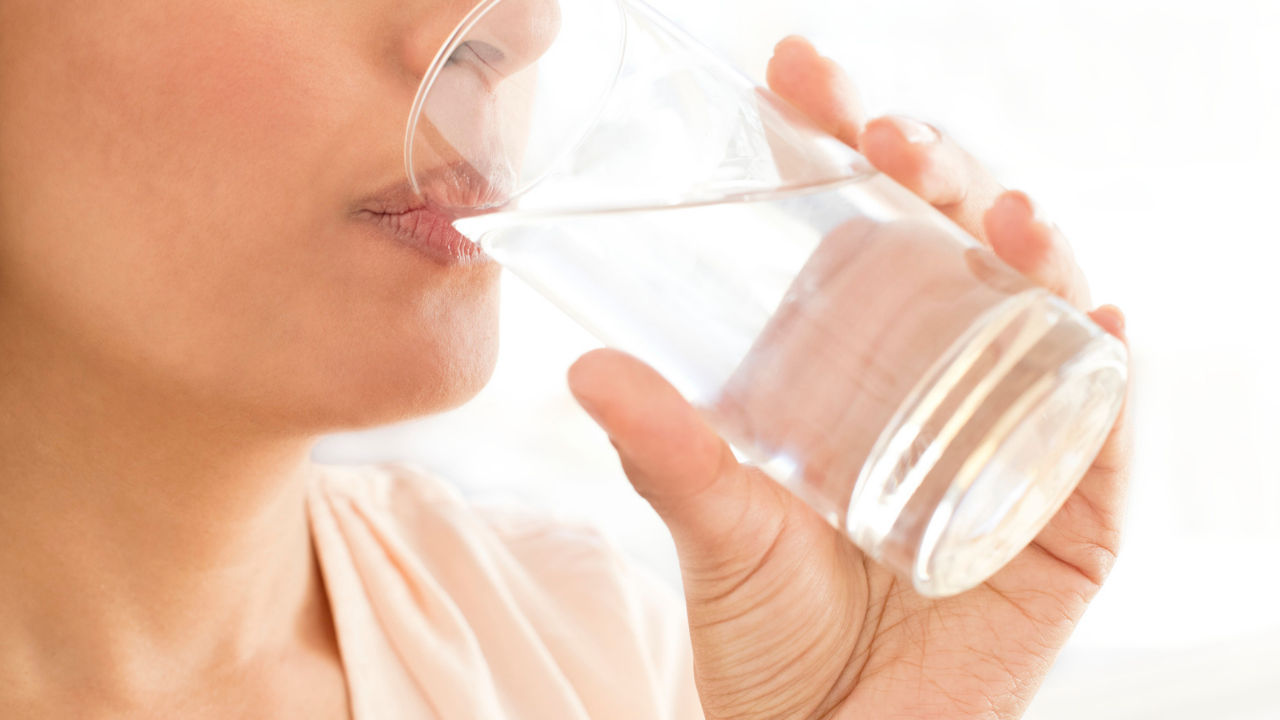
If the stones are small with minimal symptoms, you would not require an invasive treatment. You can help pass a small stone by drinking a lot of water, I am talking about 2-3 liters of water or a gallon of water. How do you know how much water to drink? Well, you want your pee to be clear! Especially when the stone is in the ureter and bladder this will help move the stone along. Moreover, your healthcare provider, if there is no contraindication, can prescribe an anti-inflammatory drug such as Ibuprofen( brand names are Motrin or Advil) or Naproxen ( Brand name is Aleve). This helps relieve the pain especially when the stone is lodged in the kidney and moving down the ureter. To help relax the muscles of the ureter your healthcare provider might prescribe Tamsulosin (Brand name is Flomax) to help you pass the kidney stone quickly.
If the stones are larger your Doctor might arrange the following treatment:
- A procedure called ureteroscopy. In this procedure a tube with a camera and a light is passed through your urethra, then bladder and then ureter to help remove smaller stones in the kidney or ureter. Once, you Doctor locates the stone he or she can use special tools to break up the stone or pick up the stone. In the area where the stone is located your Doctor will place a small tube called a stent to help keep that area of the ureter open, promote healing and reduce swelling. After, the procedure you will be still passing some blood in your urine.
- These is another procedure called ESWL which stands for extracorporeal shock wave lithotripsy. Here stones can be broken with sound waves. These broken pieces of stone then are passed in your urine. You are placed under sedation for this procedure and lasts about 30 minutes to 45 minutes.
- If you have very large stones surgery might be required. In that case using a small cut in your back and a camera with a light the stone is then surgically removed. This procedure is called percutaneous nephrolithotomy.
- There is a certain type of stone causing calcium phosphate stones caused by overactive parathyroid glands, a condition called hyperparathyroidism. Your Doctor might suggest a parathyroid surgery, because these stones are caused by too much parathyroid hormone production.
What preventive measure can you do?
1) Hydrate well and drink plenty of water, at least 2-3 liters. You want to increase your urine output to help move the stone.
2)If you stones are calcium oxalate stones eat fewer oxalate- rich foods such as beets, nuts, tea, chocolate, spinach, rhubarb.
3) Reduce the amount of salt you eat.
4) Reduce the amount of animal proteins you eat.
5) Use caution with calcium supplements, such as antacids.
6) Now some specialized treatments:
- If you have calcium stones, your health care provider might prescribe a thiazide diuretic.
- For uric acid stones Allopurinol to reduce uric acid levels
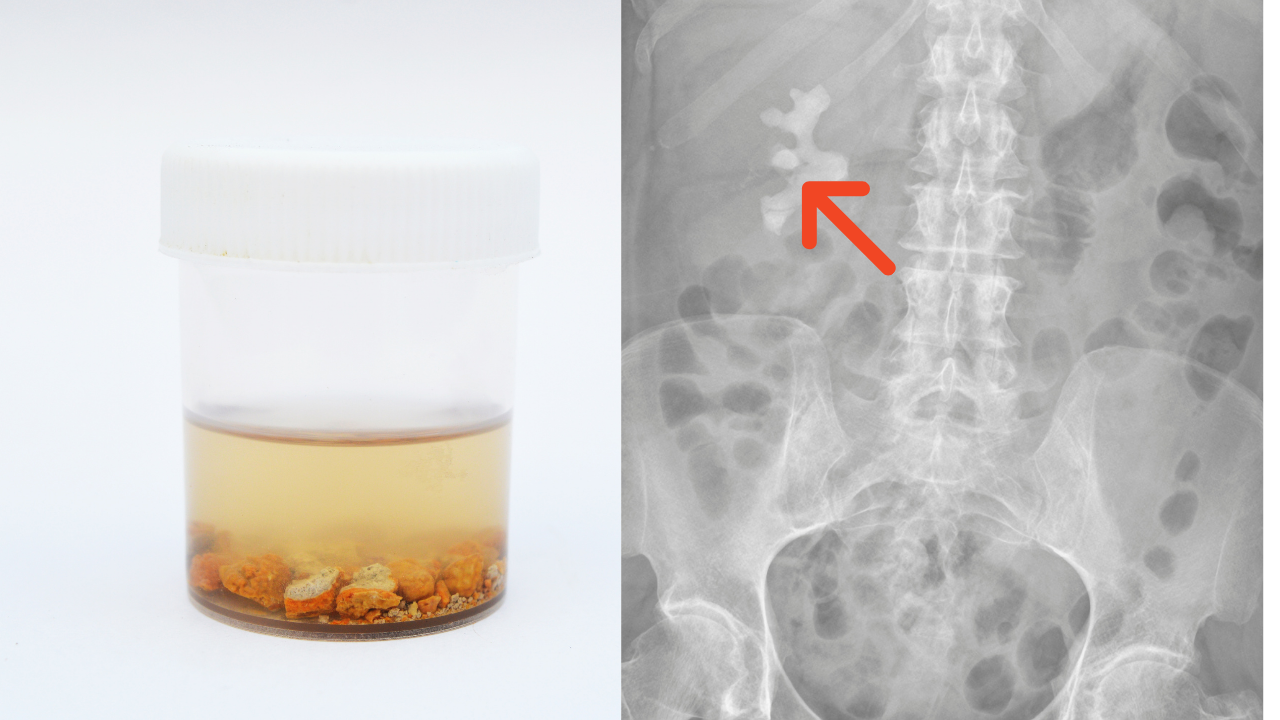
Staghorn calculi - Struvite stones hydrate well combined with long term antibiotics as they are prone to staghorn calculi (stones that look like staghorns)
- Cystine stones – combination of hydration and a medication to increase the solubility of cystine.
- Potassium citrate has a role in the treatment of cystine stones as well. Patients with cystine stones should be instructed to increase their fluid intake to maintain a urine volume greater than 4 L/day. In addition, potassium citrate should be prescribed to maintain urinary pH between 6.5 and 7.0.
Think your Health and have a good day.See entire YouTube video here.
Sources:
2)https://link.springer.com/article/
3)https://www.ncbi.nlm.nih.gov/



